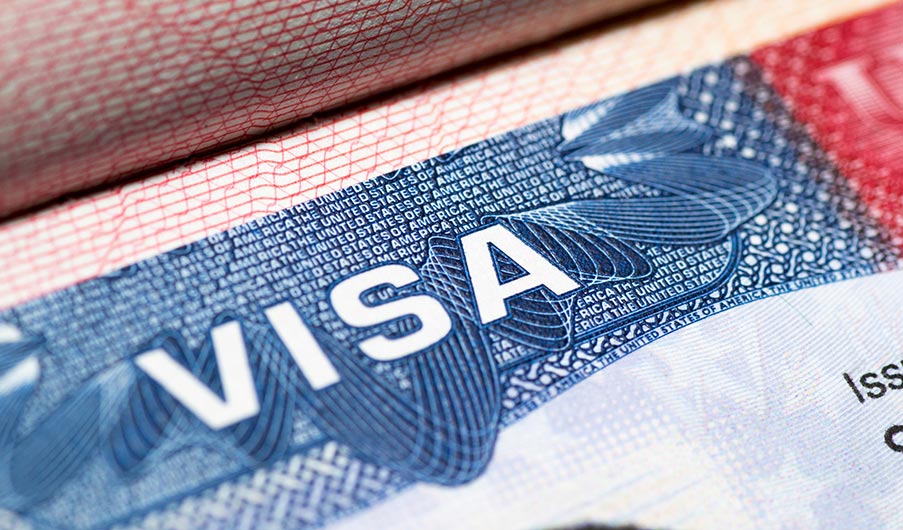Miami
Hialeah
Houston
- (305) 261-7000
- HABLAMOS:
 Español
Español
 Español
Español

Entering the United States in most cases requires the need to obtain a U.S Visa, to get a U.S. visa, which is the ultimate is placed in the passport. Some international travelers, fitting the visa-free travel requirements, may be eligible to travel to the United States without a visa. Having a visa does not mean your entrance to the United States is guaranteed. Immigration authorities are responsible for deciding who enters or who does not enter the country, in consideration of the purpose of the visit. They will also be responsible for immigration matters while in the U.S.A.
There are two migratory groups, those who aim to settle in the United States which are called immigrants and who will immigrate to the United States permanently, and those who want to travel to the United States temporarily and then return to their country, which are called non-immigrants because they are not going to immigrate.
The United States has a variety of visa types of immigrant and non-immigrant. It is essential that you know these, so you know what kind of visa you will be applying for according to your travel plans and purpose. People wishing to visit the U.S. as tourists or for business purposes must apply for visas in the non-immigrant category. People who want to live in the United States are good candidates for some of the existing visa as immigrants or apply for permanent residency through a close relative residing in the country.
The Non Immigrant Visas are for individuals traveling to the US for some time and not for those who desire to stay permanently in the country. This visa is stamped on the passport. It allows the individuals to enter the country through any port of entry and then apply for an entry permit to the officer of the Bureau of Customs and Border Security (CBP). People come to the United States for various reasons which may be as tourism, business, medical treatment, and temporary jobs. These visa types are as follow:
The US visa for immigrants or resident document is processed by a consular officer who grants the power to travel to the United States and requests the individual’s approval to establish itself as a lawful permanent resident (LPR). While it is accepted as a legal permanent resident, the Department of Homeland Security will make delivery of your permanent resident card (green card). We mention some of the ways that exist to travel to the United States and receive the residence.
This visa allows individuals of particular countries to visit the United States for only 90 days or less of staying for business or tourism, with no permit. The program only applies to some countries, and not all citizens of these countries are eligible to benefit from it. Some of the requirements to enter the United States by the waiver program are first, to be citizens of classified countries, have a permit from the Electronic System for Travel Authorization (ESTA), be in the United States 90 days, you must travel arrangements for business, tourism, and leisure.